
|
|
|
|
|
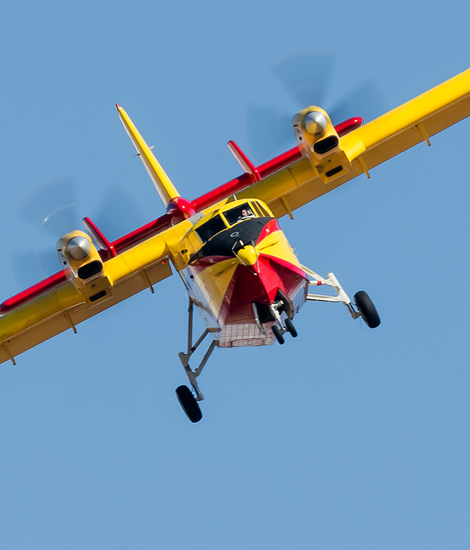
|
Armada Espanola; Torrejon, October 9 - 12, 2014
The Spanish Air Force, part 6; Text and Photograph's by Alex van Noye
The Flying branch of the Spanish Navy is referred to as the Arma Aerea de la Armada Espanola. The Spanish Navy Air Arm has a number of aircraft and helicopter types in use which are purchased specifically for the maritime tasks. The fleet consists of an aircraft carrier and several frigates for the Spanish Navy.
The Spanish Navy "Real Armada Espanola", is one of the oldest armed forces from Spain and is also one of the oldest navies in the world. The history of the Spanish Navy begins in the late middle ages during the Spanish reunification. The Spanish Navy is responsible for events such as the discovery of America and the maritime route to America via the Far East. The naval air fleet "Arma Aerea de la Armada Espanola" is one of the youngest parts of the Spanish Navy. The Armada was one of the strongest navies in the world until the early 19th century. The Spanish Armada formed more than three centuries a permanent trade route to the Pacific from Asia to America and to the Atlantic side of America to Europe. The main ports of the Spanish Armada, are; Rota, Ferrol, Cartagena and San Fernando. During the Rif War in Morocco, the Spanish Navy claimed various actions along the Moroccan coast. The Navy conducted the first maritime landing of an aircraft on a ship during the Alhucemas Landing in 1925. From that moment the Spanish naval fleet developed the powerful Navy Air Fleet which was designated as the Aeronautica Naval. All aircraft of the Spanish maritime fleet are stationed at the airbase of Rota in southern Spain. The main tasks of the Spanish maritime fleet are; SAR duties, anti-submarine warfare, anti-piracy missions, close air support for Marines and AEW tasks.
The Spanish Navy has three classes of vessels in use on which helicopters or planes can land. Most of these ships are frigates. Spain has only one aircraft carrier, namely the Juan Carlos I. This ship is officially designated as the L61 SPS Juan Carlos I and is a multipurpose warship which is comparable to the role of many aircraft carriers. The ship has over the entire length of the vessel a flight deck with a ski jump on the front for the launch of STOVL aircraft. In Spain, the AV-8B Harrier II aircraft is used in this STOVL role. The ship is named after the
|
|
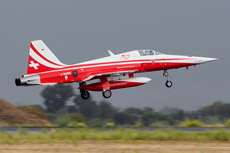
|
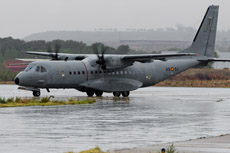
|
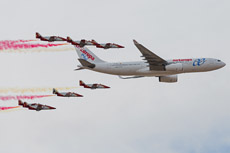
|
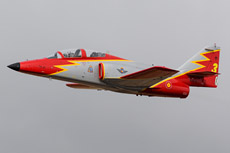
|
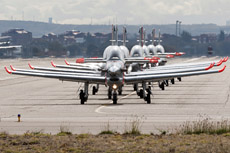
|
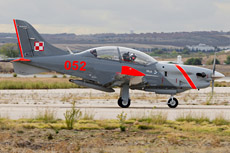
|
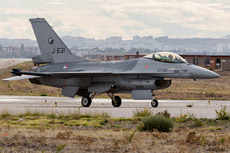
|
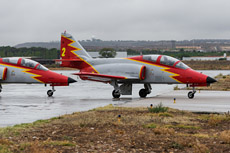
|
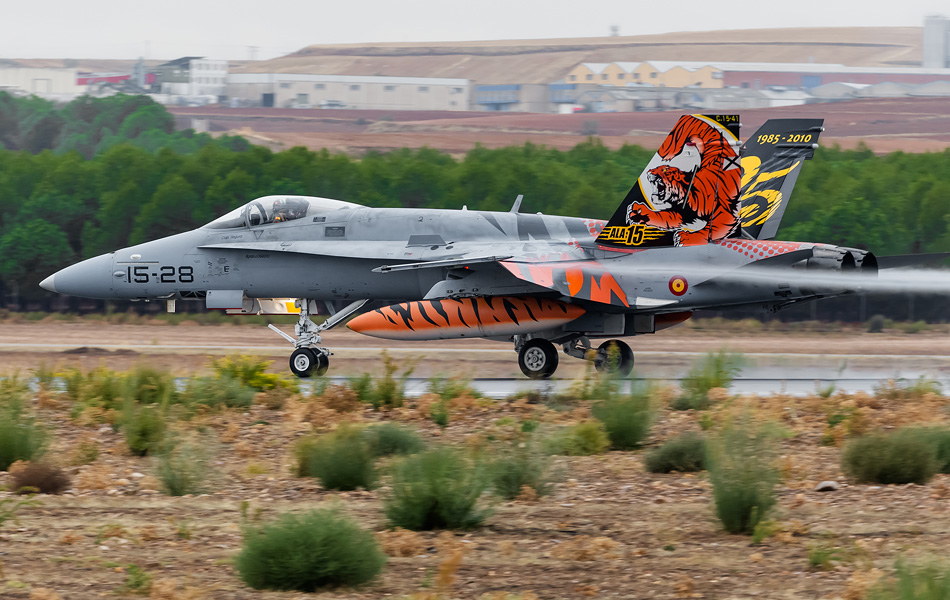
|
former King of Spain Juan Carlos I. In addition to the Harrier the ship also houses helicopters such as the SH-60B Sea-Hawk and the SH-3H Sea-King. The ship has an important role in the Navy because the ship is next to airplanes and helicopters also supporting the mobility of marines and strategic transports. The Spanish Navy has also five ships in service of the Alvaro de Bazan class. The five ships of this class are the F101 SPS Alvaro de Bazan (EBDA), the F102 SPS Almirante Juan de Borbon (ESDP), the F103 SPS Blas de Lezo (EBDC), the F104 SPS Mendez Nunez (EBDD) and the F105 SPS Cristobal Colon (EBDE). Also, there are six ships in service of the Santa Maria F80 class. These ships are the F81 SPS Santa Maria, F82 SPS Victoria, the F83SPS Numancia, the F84 SPS Reina Sofia, the F85 SPS Navarra and the F86 SPS Canarias. All these frigates have a helicopter deck at the end of the ship.
The first flying squadron which is stationed in Rota is the 3 Escuadrilla. This unit flies the Augusta Bell AB-212. These helicopters are used for tactical deployment of forces like the Spanish Marines. The Spanish Navy has received a total of 14 of these helicopters, of which seven are in operational service. The helicopters are armed with rocket pods and guns on the sides of the helicopter. In 2013, the first modernized AB-212 entered service. The AB-212s received during the update a full glass cockpit. The 4 Escuadrilla at Rota is flying the Cessna Citation Ce550 and Ce560. The Spanish Navy has three Ce550 and one Ce560 in use. These aircraft are used for training flights and to transport people and light cargo. The Cessna's are also used to fly reconnaissance flights and maritime patrols. One of the oldest helicopters in the Armada is the American SH-3 Sea-King. The helicopters fly at the 5 Escuadrilla. The Navy has two SH-3AEW Sea-Kings in use, which act on board of the Juan Carlos I as airborne radar station. There are also seven SH-3H Sea-Kings used by the Spanish Navy. These helicopters are used for the SAR task over sea and are also based on board of the ships of the Armada. The Sea-Kings are very old and the Spanish Armada wants to purchase 28 NH90 helicopters.
The Hughes H369M is used for the training of the helicopter pilots who go to fly on various helicopter types of the Armada. The helicopters are assigned to the 6 Escuadrilla at Rota. The helicopters are used for the basic helicopter training. They are also used for short distance reconnaissance over land and along the coastline. The helicopters are not suitable to serve far at sea and aboard of the ships of the Armada. The Spanish Navy currently has five helicopters of this type in use. These helicopters are very old and are to be replaced by the NH90. The only plane which fly aboard of the aircraft carrier Juan Carlos I is the American McDonnell Douglas EAV-8B Harrier II+. The Armada has twelve EAV-8B+ and one TAV-8B in use at the 9 Escuadrilla. The Harriers are offensive aircraft and are especially used in the role of close air support fighter. The Harriers are in use since 1983 at the Armada and start to come to the end of their lifespan. A serious candidate to succeed the Harrier at the Armada is the American Lockheed F-35B Lightning II. The last unit at Rota is the 10 Escuadrilla. This unit is equipped with the American Sikorsky SH-60B Sea-Hawk. The Sea-Hawk is the maritime variant of the UH-60 Blackhawk. The Sea-Hawk is used as the primary shipboard helicopter at the Armada. The helicopter is suitable for SAR duties and anti-submarine warfare. The Armada has 12 SH-60Bs in use. There are another six helicopters in order of which the first two will be delivered quickly to the Armada.
|
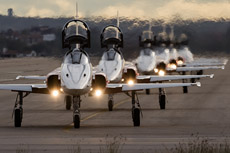
|
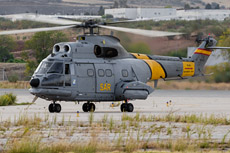
|
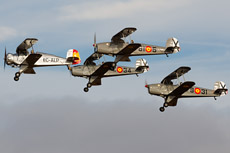
|
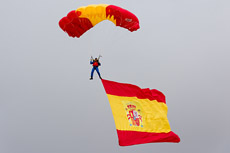
|
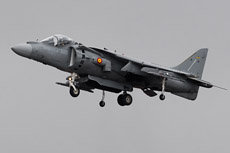
|
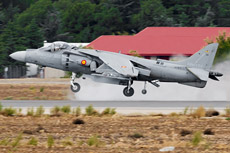
|
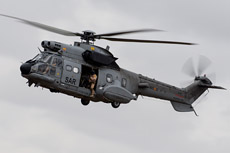
|

|
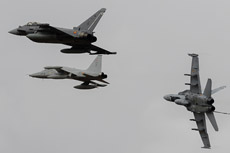
|
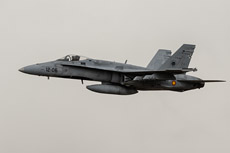
|
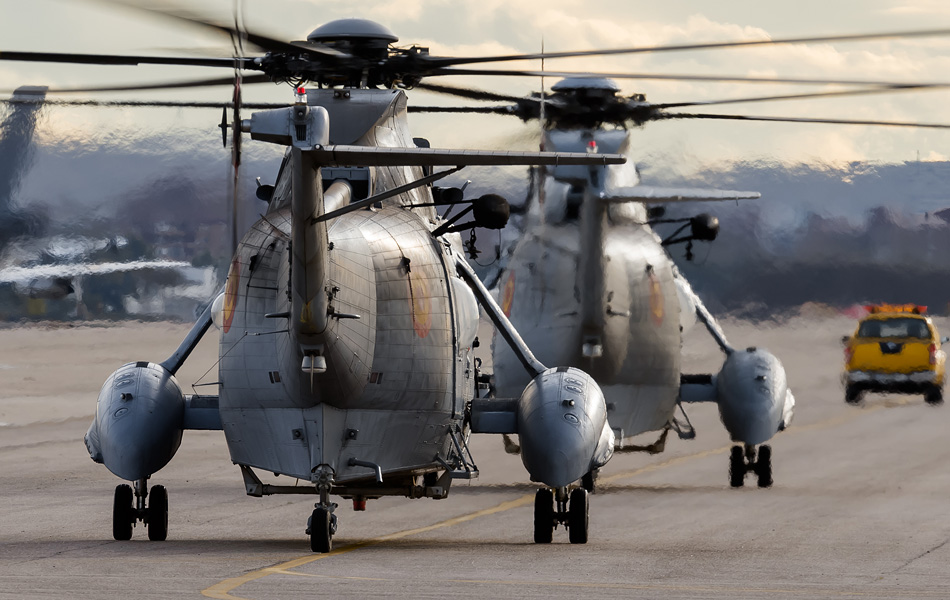
|

|

|
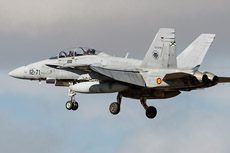
|
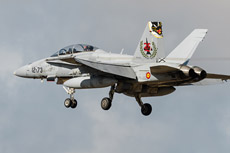
|
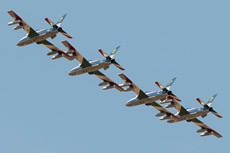
|

|
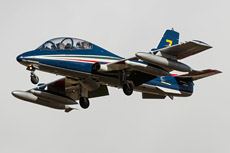
|
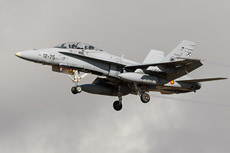
|
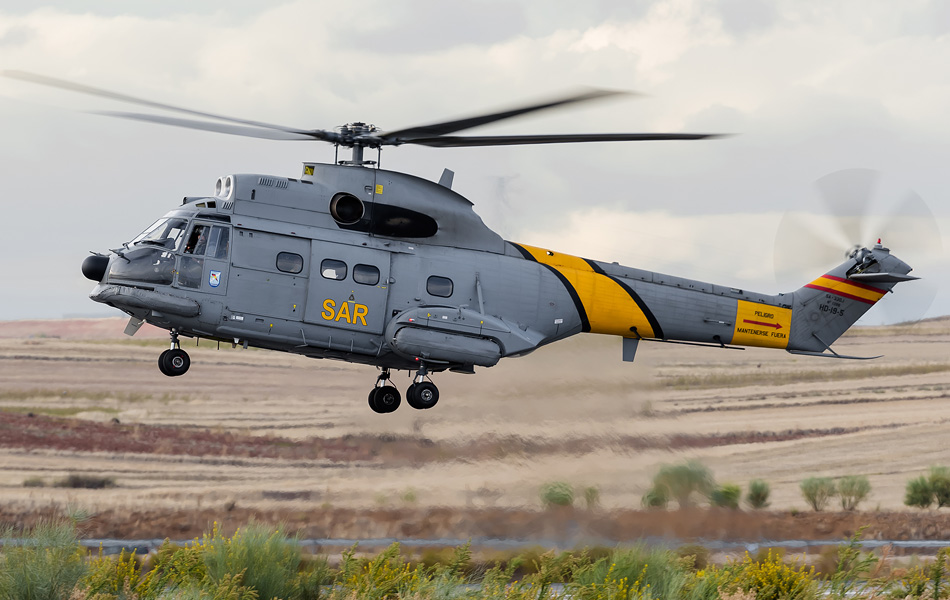
|
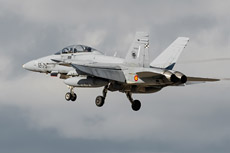
|
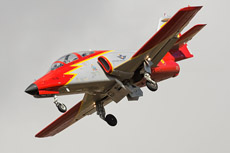
|
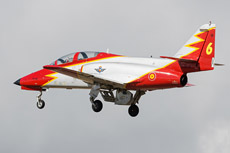
|
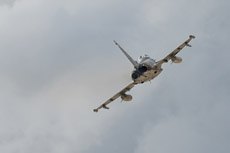
|
|
|

|







